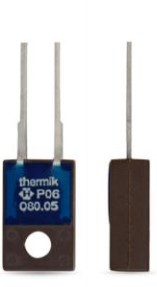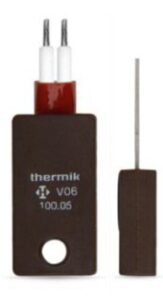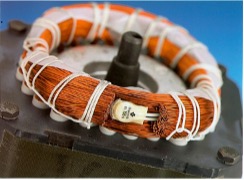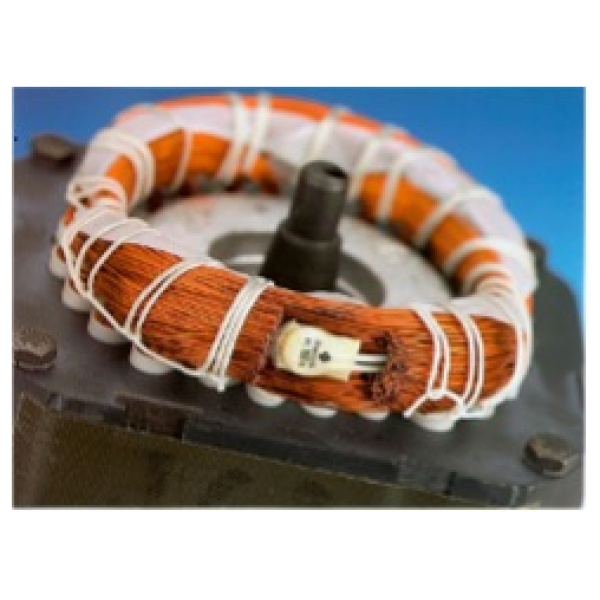L06 |
P06 |
H06 |
V06 |
 |
 |
 |
 |
| Switch type: | NC contact L06 resetting | NC contact P06 resetting | NC contact H06 resetting | NC contact V06 resetting | |
| isolated: | yes | Yes | yes | yes | |
| Temperature | |||||
| Nominal switching temperature (NST) [°C] in 5 K steps |
70 – 200 | 70 – 180 | |||
| Tolerance range -Standard-Tol [ [K] | ± 5 | ||||
| Switch-back temperature (RST below NST) UL [K] | -35 ± 15 | ||||
| (defined RST on customer request) VDE [°C] | ≥ 35 | ||||
| Tension | |||||
| max. operating voltage range up to … | 500 V AC / 28 VDC | ||||
| Rated voltage AC [VAC] | 250 (VDE), 277 (UL) | ||||
| Current/switching cycles | |||||
| Rated current AC – cos j = 1.0 [A] / [n] | 10,0 / 10’000 | ||||
| Rated current AC – cos j = 0.6 [A] / [n] | 6,3 / 10’000 | ||||
| Rated current AC – cos j = 1.0 [A] / [n] | 25,0 / 2’000 | ||||
| Rated voltage DC [V] | 24 | ||||
| Max. Switching current DC [A] / [n] | 40,0 / 10’000 | ||||
| Other data | |||||
| High-voltage resistance [kV] | 2 | 3,75 | |||
| Total bounce time [ms] | < 1 | ||||
| Contact resistance (according to MIL-STD R5757) [mΩ] | £ 50 | ||||
| Vibration resistance 10 … 60 Hz [m/s2] | 100 | ||||
| Compressive strength of the switch housing [N] | 600 | ||||
| Suitable for installation in protection class | I + II | I + II | II + II | ||
| Impregnation resistance | suitable | ||||
| Available licenses | |||||
| please specify | IEC, ENEC, VDE, UL,CSA, CQC | IEC,ENEC,VDE,CQC | |||
| Dimensions (standard) | |||||
| Diameter or dimension Ø d or l x b[mm] | 10,0 | 17 x 11,0 | 17,0 x 11,0 | 26,0 x 13,5 | |
| Overall height h [mm] | from 5.0 | from 6.0 | from 7.5 | from 10.0 | |
| Thread (size x length ) [Mx x mm] | M4 x 5.0 | — | — | — | |
| Width across flats/ max. torque [SW/Nm] | 10,0 / 2 | — | – / 3,0 | – / 2,5 | |
| Standard stranded wire connection: | 0.75 mm2/ AWG18 | 0.50 mm2/AWG 20 | |||
| L06 | P06 | H06 | V06 |
 |
 |
 |
 |
Note
The data and information provided are based on tests and test series. They are intended as a guide, which is why there may be deviations for individual applications and uses. The suitability for a specific application must be checked by the user in each individual case. We will of course be happy to advise you.





